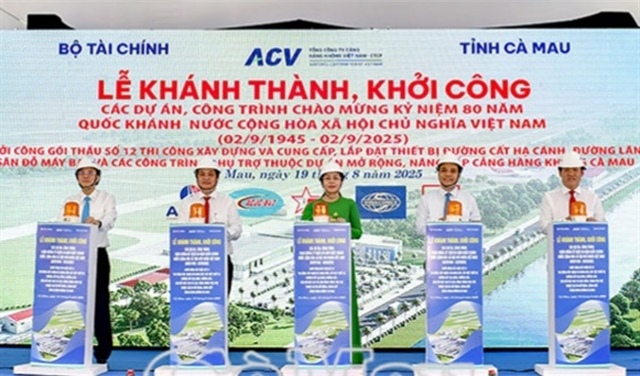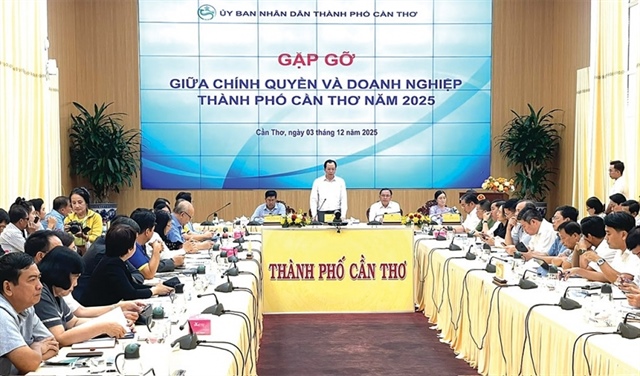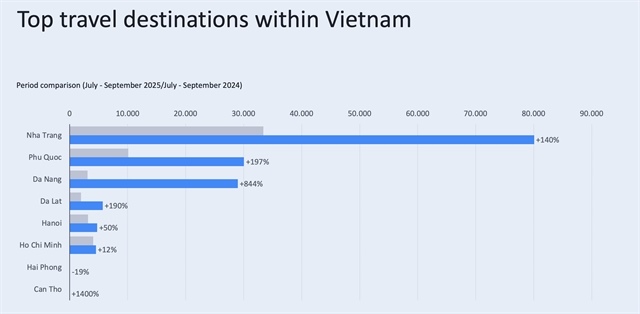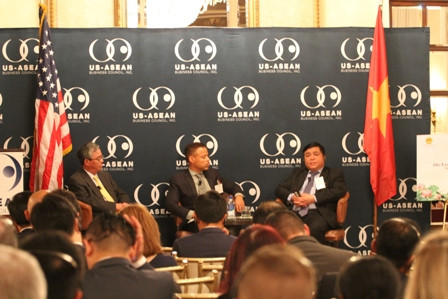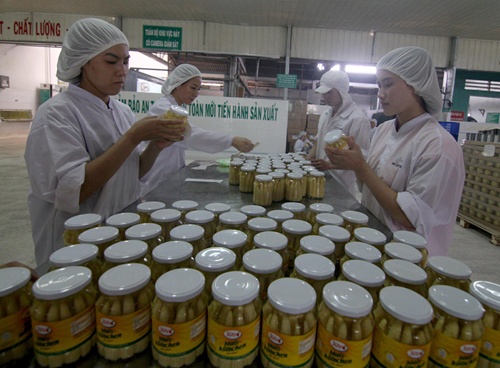Japanese retailer Miniso marks Vietnam entrance with three Hanoi outlets
Japanese retailer Miniso marks Vietnam entrance with three Hanoi outlets
Miniso, a Japanese retailer selling consumer, fashion and cosmetics products, launched three outlets simultaneously in Hanoi on Saturday, commencing its operations in Vietnam, where it plans to open a dozen stores by the end of 2016.
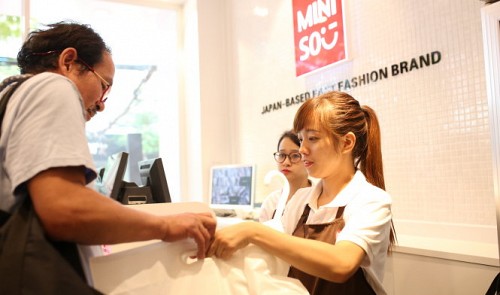
More than 50 percent of the merchandise at the newly-opened stores, located on Thai Ha, Hang Hang and Xuan Thuy Streets, sell for only USS$2, or VND45,000 apiece.
Goods at the Miniso stores, open from 8:00 am to 10:00 pm, range from fashion and cosmetics to electronics and food.
As in all other Miniso stores around the world, all products are designed by a team led by the brand’s co-founder and chief designer, Miyake Jyunya. Other designers in the team have previously worked for big brands like Adidas and Ikea.
Jyunya founded Miniso in Japan in September 2013 with his Chinese partner Ye Guo Fu, now the company’s president. Miniso is registered as a Japanese firm but is headquartered in the Chinese city of Guangzhou.
Miniso currently has 1,600 outlets in 22 countries and territories, and has plans to open nine more stores in Vietnam by the end of this year.
The next Vietnamese outlets could be located in Hai Phong, Vinh, Da Nang, Ho Chi Minh City and Can Tho, the company revealed at a press conference in Hanoi on Saturday.
When Miniso arrived in Singapore in January 2016, local consumers questioned its origin thanks to its Guangzhou headquarters and a number of stores in China.
According to The Straits Times, Miniso has more than 1,000 outlets in China and only four in Japan.
Now that the brand has reached Vietnam, local consumers have held the same skepticism over whether their products are Chinese- or Japanese-made.
At Saturday’s press conference, some reporters raised that question, but the Miniso co-founder was not unprepared, according to Tien Phong (Vanguard) newspaper.
The Hanoi-based newspaper quoted Miniso president Ye as saying that consumers can trust the brand, as the products have Japanese origins and are designed by the Japanese.
Ye added that it is normal for the products to be manufactured in China, where labor and production costs are much lower.


